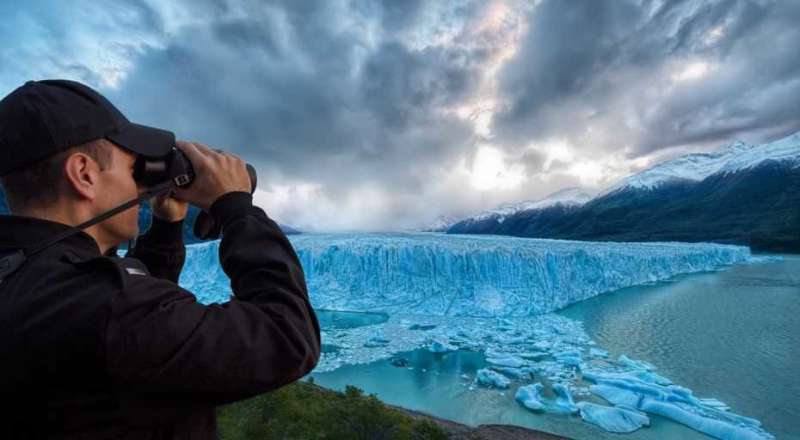Large climate uncertainty even with a 1.5-degree temperature increase

The Paris climate agreement includes the aim of limiting average global warming to 1.5°C. There has previously been little research on how climate might look across the world and over time with this level of temperature increase. Climate scientists have now shown that even this lower level of warming could lead to very different consequences on a regional level.
Since the Paris Agreement in 2015, two numbers have been floating around: 2 and 1.5. At the climate conference, the nations agreed that average global warming should be limited to well below 2°C, and that efforts should be pursued to limit it to 1.5°C.
This may look at first glance like pedantic haggling over a few unimportant tenths of a degree, but it could be of paramount importance for the global climate and humanity. This has been shown by a study conducted by an international research group and recently published in the journal Nature. It appeared in connection with a special report from the IPCC about 1.5°C global warming, scheduled to be published this autumn. One of the lead authors of the special report is ETH professor Sonia Seneviratne. "A lot has been researched and written about the 2°C goal, but not about the 1.5°C goal," she says.
Avoiding extreme deviations
In their new study, the climate scientists show that limiting global warming to 1.5°C would avoid risks of extreme deviations from today's climate that could appear if it increased to 2°C. Such extreme deviations include, for example, a nine-degree temperature increase on the coldest nights in the Arctic or a five-degree increase on the hottest days in the US and other mid-latitude continents. The risk of the Mediterranean area becoming significantly dryer would also be avoidable. However, even an increase of 1.5°C would involve substantial climate risks, emphasises Seneviratne.
The scientists also highlight that the way we reach the 1.5°C goal is decisive for how our climate develops. "Above all, we have to keep in mind the temporal dimension in which the climate heats up," says Seneviratne. If the climate heats up by 1.5°C by 2100, but experiences warming of 2°C or higher prior to this, the consequences will be more serious than if the 1.5°C temperature increase is never exceeded. This could cause irreversible damage, particularly to sensitive ecosystems. "The extinction of species during a phase of excess temperatures couldn't be undone, even if the level of warming was then reduced and limited to a 1.5°C increase."
Seneviratne adds that the general public is likely unaware that all previously published 1.5°C scenarios include a temporary overshoot of the temperature increase and the use of CO2-reducing measures. These measures include reforestation, but also carbon capture and storage (CCS), the capture of CO2 from emission sources or from the atmosphere. This is often accompanied by the use of bioenergy, which replaces fossil fuels.
Dramatic cut in CO2 emissions
However, these options to mitigate climate change could be risky, because CCS is not yet well established and the production of bioenergy requires large areas of land, which could cause competition with food production. "Such problems could be better avoided by drastically and quickly reducing CO2 emissions," says Seneviratne. This could also be achieved with increased energy efficiency, lower energy use, additional use of renewable energies and a global reduction in meat consumption.
There are various estimates of how much CO2 can be emitted without missing the 1.5°C goal; none of them offers much leeway. "It's clear that we must urgently reduce emissions if we want to stand a chance of meeting the 1.5°C goal and keeping any temperature overshoot as low as possible," emphasises Seneviratne. It is therefore necessary to quickly research and implement solutions to combat climate change, she says, even if only in test projects and on small scale: "As an innovative country, Switzerland can contribute significantly to this effort."
More information: Sonia I. Seneviratne et al. The many possible climates from the Paris Agreement's aim of 1.5 °C warming, Nature (2018). DOI: 10.1038/s41586-018-0181-4
Journal information: Nature
Provided by ETH Zurich



















